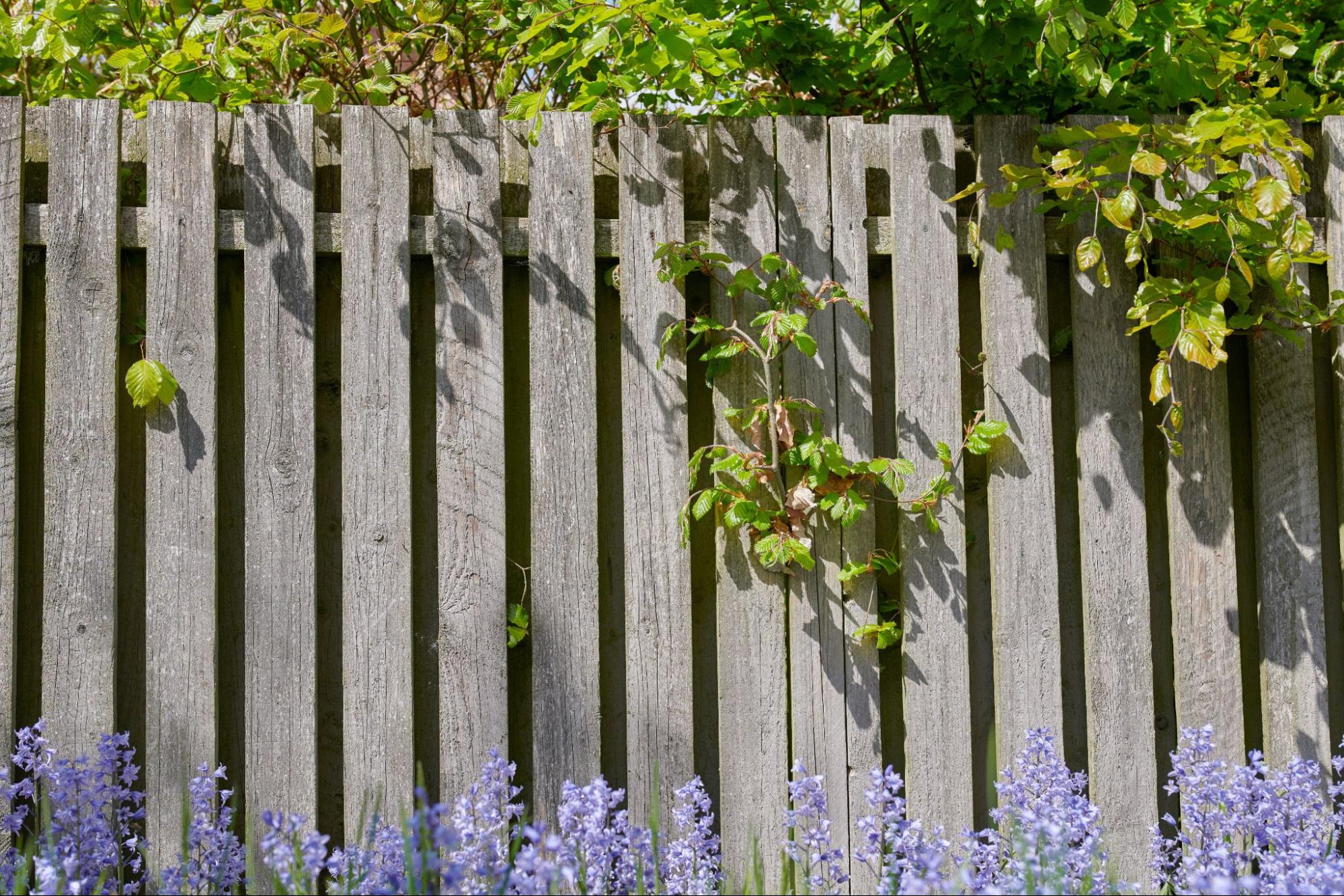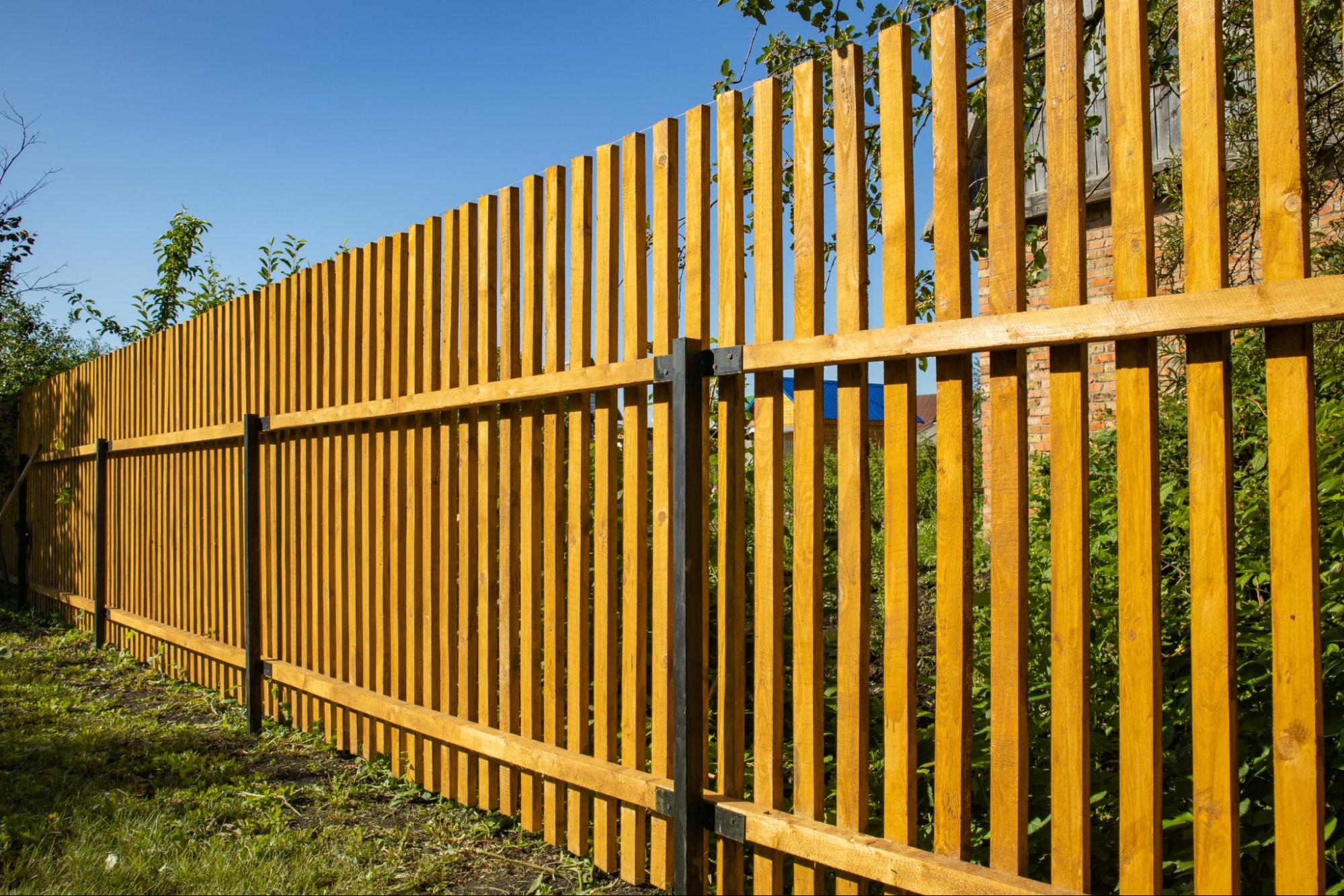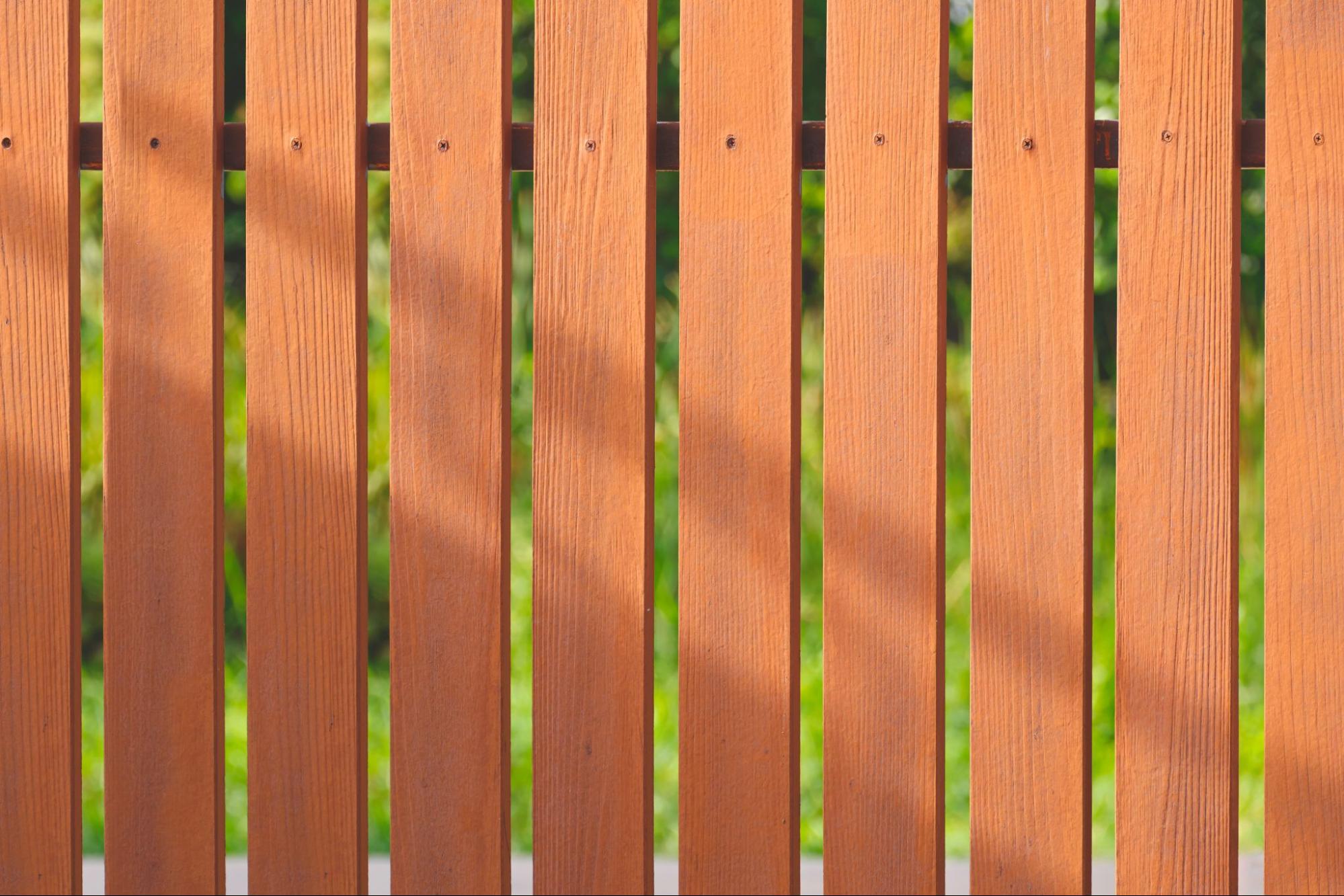
How to Maintain a Composite Fence for Long-Term Durability
Composite fences have become the go-to choice for many homeowners. They’re rugged, low-maintenance, and built to withstand the test of time. But like anything exposed to the elements, they still need care. A well-maintained composite fence keeps your yard looking sharp and maintains its value. Skip the upkeep, and you may need to replace panels sooner than you’d like.
Understanding Your Composite Fence
Composite fencing looks like wood but performs better. It’s made from a mix of recycled plastics and wood fibers, which gives it strength, moisture resistance, and a longer life. Still, it’s not bulletproof. Knowing what it’s made of helps you care for it correctly:
What Makes Composite Fencing Different
Composite fences are built to take a beating. They don’t rot like wood or rust like metal. The blend of plastic and wood fibers makes them resistant to fading, moisture, and insects. You also don’t have to paint or stain them every year. But that doesn’t mean you can ignore them completely.
Common Misconceptions About Composite Fence Care
People often assume composite fencing is maintenance-free. It’s not. While it won’t crack or warp easily, grime and mold can still build up. Some believe pressure washing is the most effective cleaning method, but it can damage the surface. An innovative approach avoids early repairs and keeps your fence looking sharp.
Composite Fence Maintenance vs. Other Fence Types
Not all fences age the same way—or demand the same care. Comparing composite fencing to other types shows why maintenance matters and how little effort goes a long way. It also helps set expectations for homeowners switching from wood, vinyl, or metal.
Composite vs. Wood: Less Work, Longer Life
Wood fencing needs constant care. You have to paint, stain, and seal it regularly. Even with that, it can rot, warp, or be eaten by insects. Composite fencing skips all that but still needs cleaning and inspection. You don’t have to worry about splinters or soft spots; neglect will dull the surface, allowing mold to grow.
Composite vs. Vinyl and Metal: Different Risks and Fixes
Vinyl and metal fences don’t rot, but they bring other problems. Vinyl can crack under extreme heat or cold, and metal fences can rust or bend. Composite fences avoid those issues but are more sensitive to poor drainage and dirt buildup. A metal fence might survive leaning tools, but a composite one may scratch or dent. Knowing these trade-offs helps you care for your fence correctly, not just the easy way.
Best Tips to Maintain Your Composite Fence Longer
Most composite fences fail early, not because of poor materials but because of small habits that add up. Knowing what weakens them is the first step toward keeping yours strong. Each issue is avoidable with proper care, and this is where it starts.
Regular Cleaning for a Long-Lasting Composite Fence
Staying ahead with routine cleaning is a small task that pays off. It removes dirt before it turns to buildup and prevents surface wear. You don’t need fancy tools or chemicals. A consistent schedule keeps your composite fence looking new year after year.
How Often to Clean Your Composite Fence
Clean your fence at least twice a year to maintain its appearance and prevent damage. Spring and fall are ideal times for this activity. If your area gets a lot of rain or dust, increase it to four times. Keeping the surface free of gunk protects its finish. Dirt left too long invites the growth of mildew and mold.
Tools and Cleaners That Work Best
When cleaning, stick to mild soap and water. Use a soft-bristled brush, preferably one made of natural materials or with gentle bristles. A garden hose works better than a pressure washer. If you need to tackle mold, try a vinegar and water mix. Avoid bleach—it can wear down the protective coating.

Prevent Mold, Mildew, and Stains
Even durable materials like composite can attract mold in damp spots. Stains from leaves, dirt, or nearby plants can also stick. Staying alert to the signs keeps problems small. The proper cleaning methods protect both appearance and structure.
Spot Trouble Early
Keep an eye out for dark spots and slick areas. These are often early signs of mold or mildew. Mold or mildew usually starts in shady, damp corners. Catching it early on prevents it from spreading and taking hold. Don’t wait until the panels start to discolor or smell.
Effective Treatment Without Harming the Fence
For most buildup, start with a vinegar-water solution. Apply with a sponge or soft brush and scrub gently. Rinse with water and let it dry completely. Avoid using metal tools or abrasive pads. If needed, repeat the process a week later.
Protect Your Composite Fence From Weather Damage
The weather doesn’t care how much you paid for your fence. It leaves a mark, from the beating sun to heavy winter storms. But with a few habits, you can protect your fence year-round. That means less fading, less warping, and fewer repairs.
Dealing With Sun Exposure and Fading
Composite fences hold color better than wood, but UV rays still damage them. In hot, sunny areas, they may fade more quickly without some protection. Trim nearby trees and shrubs for natural shade. Clean the panels regularly to prevent dirt from baking into the surface. A clear UV-protective spray can help extend the finish.
Preparing for Winter and Harsh Weather
Before winter, clear away leaves and dirt from the base of the fence. Don’t let the snow pile up around the posts—it traps moisture. Avoid using metal shovels near the fence when clearing snow. Salt from sidewalks can also splash up and stain, so rinse it off after storms. A dry, clean fence is better able to face the cold.
Inspect and Repair Your Composite Fence
Catching minor problems early is better than fixing big ones later. Even sturdy fences need regular checkups. Spotting issues before they grow saves time and money. Use the changing seasons as a reminder to inspect and make necessary repairs.
What to Check During Routine Inspections
Walk along the fence and check every panel. Look for cracks, chips, or loose boards. Wiggle the posts to ensure they are stable. Check where the panels meet the ground—these areas wear down faster. Also, watch for rusted fasteners or hinges that need oil.
Quick Fixes and When to Call a Pro
Small cracks can be filled with color-matched filler. Loose screws can be tightened with a basic screwdriver. Replace warped or damaged panels with ones from the same brand. If the posts lean or the fence sways, call in a fence contractor. Structural fixes are better left to someone with the right tools.
Long-Term Habits That Extend Composite Fence Life
Some of the best care doesn’t come from cleaning but from smart habits. How you use the space around your fence matters. What you plant, how you water, and even where you place tools can all affect durability. A few mindful choices make your fence last longer.
Landscaping and Drainage Tips
Keep plants trimmed back from the fence line. Dense growth traps moisture, causing discoloration. Avoid having sprinklers spray directly onto the fence. Ensure your yard slopes away from the base to allow water to drain effectively. That keeps the ground dry and reduces the risk of mold or frost damage.

Smart Usage Practices
Avoid hanging planters or decorations on your fence panels. They add stress and can lead to bending. Don’t lean ladders, bikes, or tools against the boards. Keep pets from digging near the posts, especially after rain. Remind kids not to climb on or swing from the panels.
Seasonal Maintenance for Your Composite Fence
Each season brings different challenges for your fence. Your routine should adjust from sun damage in summer to ice in winter. The following seasonal tips will help you stay one step ahead throughout the year:
Spring Maintenance
Start with a full inspection after winter. Look for frost damage, loose boards, or ground movement. Clean the fence to remove any mold or debris. Trim nearby plants before they grow into the panels. That sets your fence up for the rest of the year.
Summer Maintenance
Check for fading or heat damage, especially in dry climates. Rinse off dust or pollen buildup every few weeks to keep your fence clean and looking its best. Ensure that nearby plants are not trapping moisture or rubbing against the panels. Watch for any movement in posts caused by dry soil shifts. Keep your tools and furniture from leaning on the fence.
Fall Maintenance
Clear leaves and organic debris away from the base. Check screws and joints before storms roll in. Wash the fence one last time before cold weather arrives. Prune shrubs and trees to prevent snowweight damage. Drainage around the base matters more in rainy months.
Winter Maintenance
Brush off heavy snow using a plastic shovel or broom. Don’t let ice or salt sit on the surface too long. Avoid pushing snow piles against the fence. Walk the fence line after storms to check for leaning or stress. Keep the area around the posts as dry as possible.
Costs of Ignoring Composite Fence Maintenance
Skipping maintenance doesn’t always show its effects immediately. However, over time, minor problems accumulate. You may need to replace parts of the fence sooner than expected. That costs more than a bit of soap and water. Staying on top of care protects your wallet as much as your yard.
How Small Problems Turn Into Big Expenses
The mold that isn’t cleaned turns into deep stains. Scratches that aren’t checked become cracks. Loose screws let panels shift, then break. These minor issues cost very little to fix early. Leave them alone, and you’ll pay for new panels, posts, or full replacements.
The Hidden Cost of Replacing Composite Panels
Composite panels aren’t cheap to replace. If the color has faded, you may not find an exact match. That means fixing one area might make the whole fence look off. Labor costs also increase rapidly, especially if the post or frame requires repairs. Regular upkeep saves you from all that—and keeps your property value strong.
Keep Your Composite Fence Strong for the Long Haul
Your fence doesn’t need reminders. It doesn’t complain when it’s ignored. But give it attention, and it will give back—year after year, storm after storm. A few hours each season can buy you decades of curb appeal, security, and peace of mind. Don’t wait for cracks or stains to tell you it’s time; own the process now, and your fence will speak for itself.
To keep your property looking its best year-round, visit the HB Fence, Decking & Construction blog for expert advice and practical how-tos.


